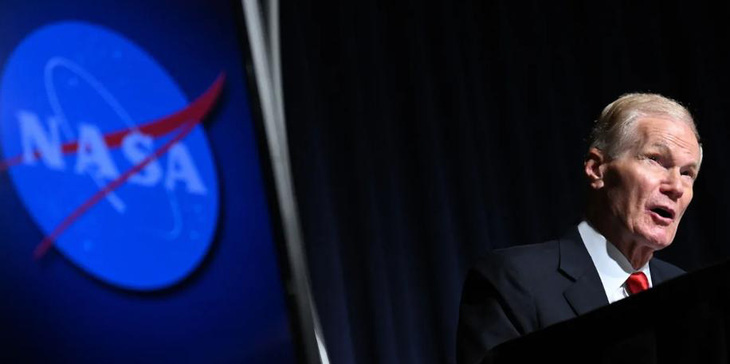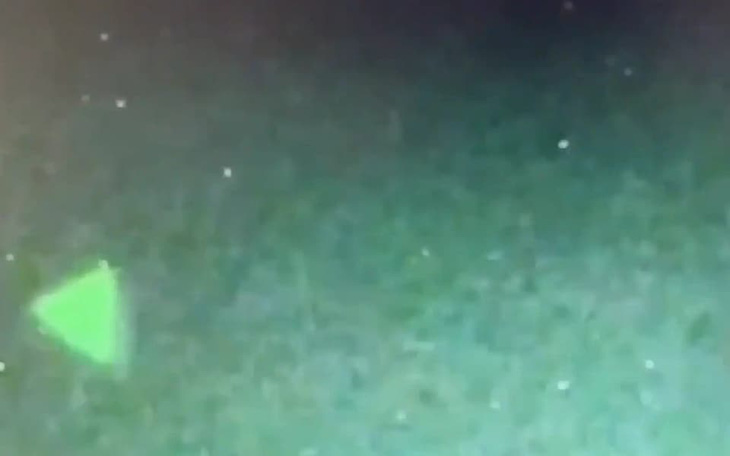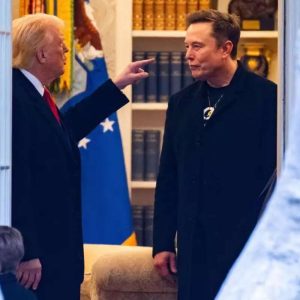On September 14, NASA officially announced its participation in the race to hunt for unidentified flying objects (UFOs), and also appointed the head of the research program in this field.

Use satellites and artificial intelligence to find UFOs
According to CNN, a 33-page report on UFOs by a group of 16 independent experts and scientists – published on September 14 (local time) – admitted to finding no solid evidence that there were UFOs. Unidentified anomalous objects (UAP) come from alien life.
However, the research team suggested that NASA should use satellites and other equipment to find more information about this phenomenon.
To meet the research needs of the scientific community as well as the public, NASA has officially appointed Mr. Mark McInerney as director of the first unidentified anomalous phenomena research program.

Having held positions in the US Government since 1996, Mr. McInerney will serve as a liaison between NASA and the Pentagon on the UAP issue.
“This is the first time NASA has taken specific action to seriously consider UAP,” NASA Administrator Bill Nelson said in a press conference.
It is not yet possible to determine whether the UFOs are natural or man-made
According to the above report, recently many reliable witnesses – often military pilots – reported seeing objects they did not recognize in US airspace. Most of these events have been explained, but a few cannot be immediately identified as natural or man-made phenomena.
However, the report’s authors admit that eyewitness accounts are often unreliable and difficult to corroborate. So they suggested NASA could expand its efforts to find answers using existing technology.
NASA Director Bill Nelson also mentioned the possibility of using artificial intelligence to mine huge data stores to find answers.
In his speech, Mr. Nelson emphasized that the search for extraterrestrial life is a core tenet of NASA.

He said NASA has been engaged in such research for decades and continues to use advanced telescopes to search the universe for habitable planets that could be suitable for Earth.
“Do I believe that there is life in a universe so vast that I can hardly comprehend how big it is? My personal answer is yes,” Mr. Nelson said.
However, that does not mean that UAP is proof of life as such. If intelligent life exists, it would likely have to travel millions or even billions of light years to reach Earth and be virtually undetectable, he emphasized.
“We want to move the conversation about UAP from sensationalism to science,” Mr. Nelson concluded.






